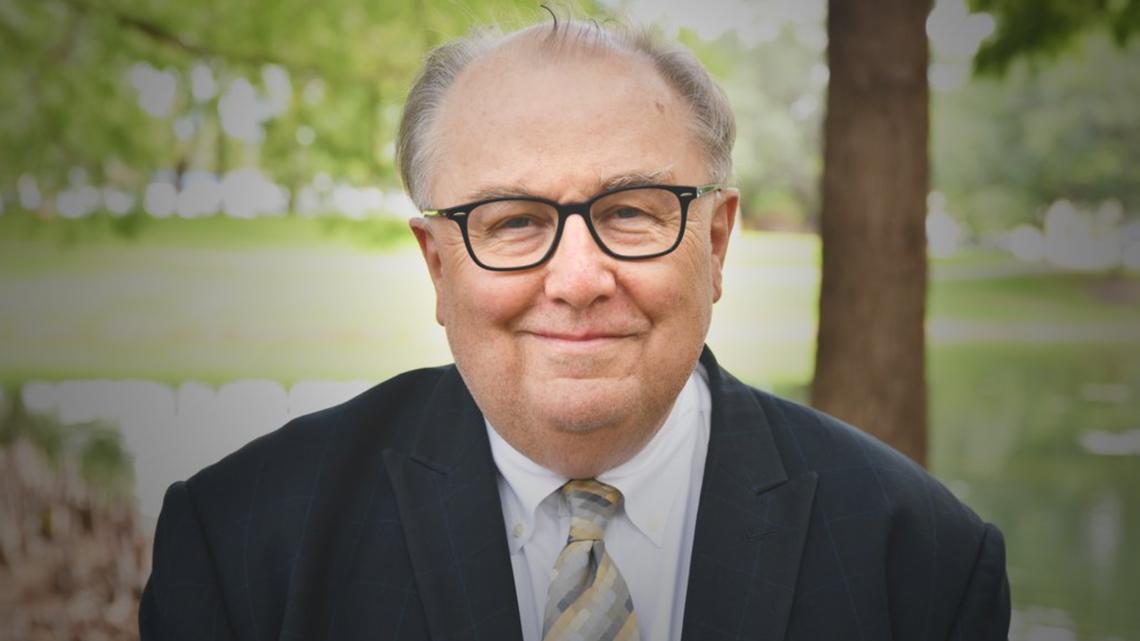Officials are finalizing a transportation strategy for the 2026 FIFA World Cup in North Texas, with express lanes and charter buses in the mix.
ARLINGTON, Texas — This article was originally published by our content partners at the Dallas Business Journal. You can read the original article here.
Express lanes, charter buses and the Trinity Railway Express are some of the elements in the transportation strategy regional planners are currently finalizing for the 2026 FIFA World Cup.
Thousands of fans will flock to North Texas from around the globe next summer for the nine World Cup games hosted at AT&T Stadium in Arlington. Ahead of a deadline with FIFA, Dallas Business Journal caught up with Michael Morris, transportation director for the North Central Texas Council of Governments, about the traffic plans for the event — as well as other hot-button transportation issues in the Metroplex.
NCTCOG is part of the host committee charged with transporting FIFA teams, officials and fans throughout the tournament. The agency has a deadline of the end of March to submit a detailed draft of its transportation strategy for the sport event to FIFA.
So far, the organization has completed about 90% of its mobility plans for AT&T Stadium, Morris said. It is working on details for the Fan Fest at Fair Park and waiting to see if the region secures the International Broadcast Center.


The strategy will rely on the new $400 million interchange at State Highway 360 and I-30, bus bridges, express lanes for attendees headed to the games, managed lanes on I-30, charter buses and utilization of the Trinity Railway Express.
Morris estimated the World Cup will attract three to four times more transit users compared to what was seen during 2011’s Super Bowl XLV in Arlington. He credited North Texas winning nine matches, more than any other host city in the 2026 tournament, to the quality of the host committee, hotels and transportation systems in the region and the agency’s mobility plan.
NCTCOG already tested the elements of its mobility plan during WrestleMania 38, which was hosted at AT&T Stadium in 2022, and plans to test them again later this year.
“We’ve got half a dozen ways to get you to and from the stadium,” Morris said. “As an engineer, I like the redundancy in that to minimize risk. When you do a Super Bowl, it’s only one event. But there’s even more pressure in the case of [the World Cup]. We have to do well nine times, not just once. … It’s critical that you have a lot of elements to your plan and can toggle them depending on what you’re facing.”
NCTCOG started helping with the transportation plans for special events like the Super Bowl a long time ago. About 20 years ago, Morris told his board that assisting with transportation for special events would help the agency in its daily work of coordinating regional planning, and would boost its understanding of what’s needed during times of high demand.
Bigger picture, Morris listed worsening congestion, safety and air quality as the three major transportation needs facing his agency and North Texas.
Some transportation projects that could provide some near-term solutions to the area’s biggest needs include a recently awarded $80 million federal grant to launch the AllianceTexas Smart Port in Fort Worth, the $2.1 billion Southeast Connector Project along I-20 and interchanges opened near the old Texas Stadium site in Irving, according to Morris.
NCTCOG is also involved in the huge but somewhat controversial idea of high-speed rail between Dallas and Fort Worth. As DFW heads toward an estimated 12.5 million residents in 2050, proponents say it could ease highway congestion and provide more connectivity in what will soon be the nation’s third-largest metro area. The local bullet train could fit into a larger network proposed to connect the Metroplex to Houston via a 90-minute rail ride.
On the other hand, critics worry it would be an expensive project that could disrupt development in Dallas at the expense of other transportation projects. A legal showdown is possible between NCTCOG and powerful real estate firm Hunt Realty Investment.
The Regional Transportation Council has approved spending $1.65 million to study a more western alignment for the proposed rail line that would bypass downtown. Environmental assessments for multiple routes are also underway and should be completed in the summer. Morris estimated NCTCOG will also hear back from the consultant conducting an economic impact study on the downtown line in the spring.
Despite the challenges in bringing high-speed rail to fruition, Morris remains hopeful about the project, especially since some Dallas City Council members recently got to travel to Japan and ride a bullet train.
“My suspicion is we’ll hear, ‘Wow, did we learn a lot actually seeing the high-speed rail.’ I’m sure seeing it is helpful in fully comprehending what impact it may have,” he said. “It’s sort of like getting on your first jet aircraft ride. It’s hard to describe unless you’ve actually traveled on a jet. We’ll see where that takes us.”